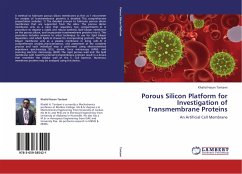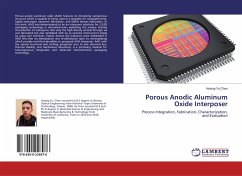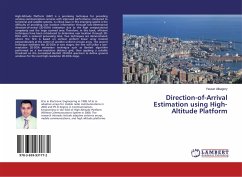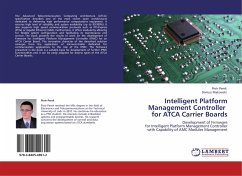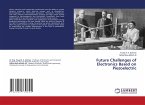A method to fabricate porous silicon membranes as thin as 1 micrometer for analysis of transmembrane proteins is detailed. This comprehensive presentation includes: 1) The detailed process to fabricate porous silicon membranes that are supported from the sides. The porous silicon membrane acts as a sieve that separates two compartments. 2) A procedure to deposit a viable and robust synthetic lipid bilayer membrane on the porous silicon, and incorporate transmembrane proteins into it. This procedure includes answers to what technique to use for lipid bilayer deposition, and which lipids to choose for incorporating proteins. This lipid bilayer membrane acts as a plasma membrane in living cells. 3) A comprehensive analysis,characterization, and assessment of the complete process and each individual step is performed using electrochemical impedance spectroscopy (EIS), atomic force microscopy (AFM), and scanning electron microscopy (SEM). The rigid porous wall and the lipid membrane with fused functional transmembrane proteins result in a device that resembles the cellular wall of the E. Coli bacteria. Numerous membrane proteins may be analyzed using this device.
Bitte wählen Sie Ihr Anliegen aus.
Rechnungen
Retourenschein anfordern
Bestellstatus
Storno

